Shop by Industry
Industries we support...
Products
START SHOPPING...
EXPLORE by category
Product Series
Resources
Contact
Find a Dealer
Lighting is critical for comprehensive, efficient and safe crime scene and accident investigation. The lab cannot process any evidence that they don’t receive. Lighting is an essential tool that gives investigators the greatest ability to examine a scene thoroughly and recover all the evidence. From the scene lights that illuminate the initial scene to the Alternate Light Sources that identify the most elusive evidence, investigators depend on lighting to examine and process most crime scenes.
It’s also very important for the investigator to understand why different lights are used for different applications as well as understand the techniques to make each light perform at its best for the scene at hand.
The unfortunate reality is that many crime and accident scenes happen in dark areas or occur at night. This makes it necessary to add lighting to illuminate a scene for investigation and photography. An investigator can’t photograph or collect what they can’t see.
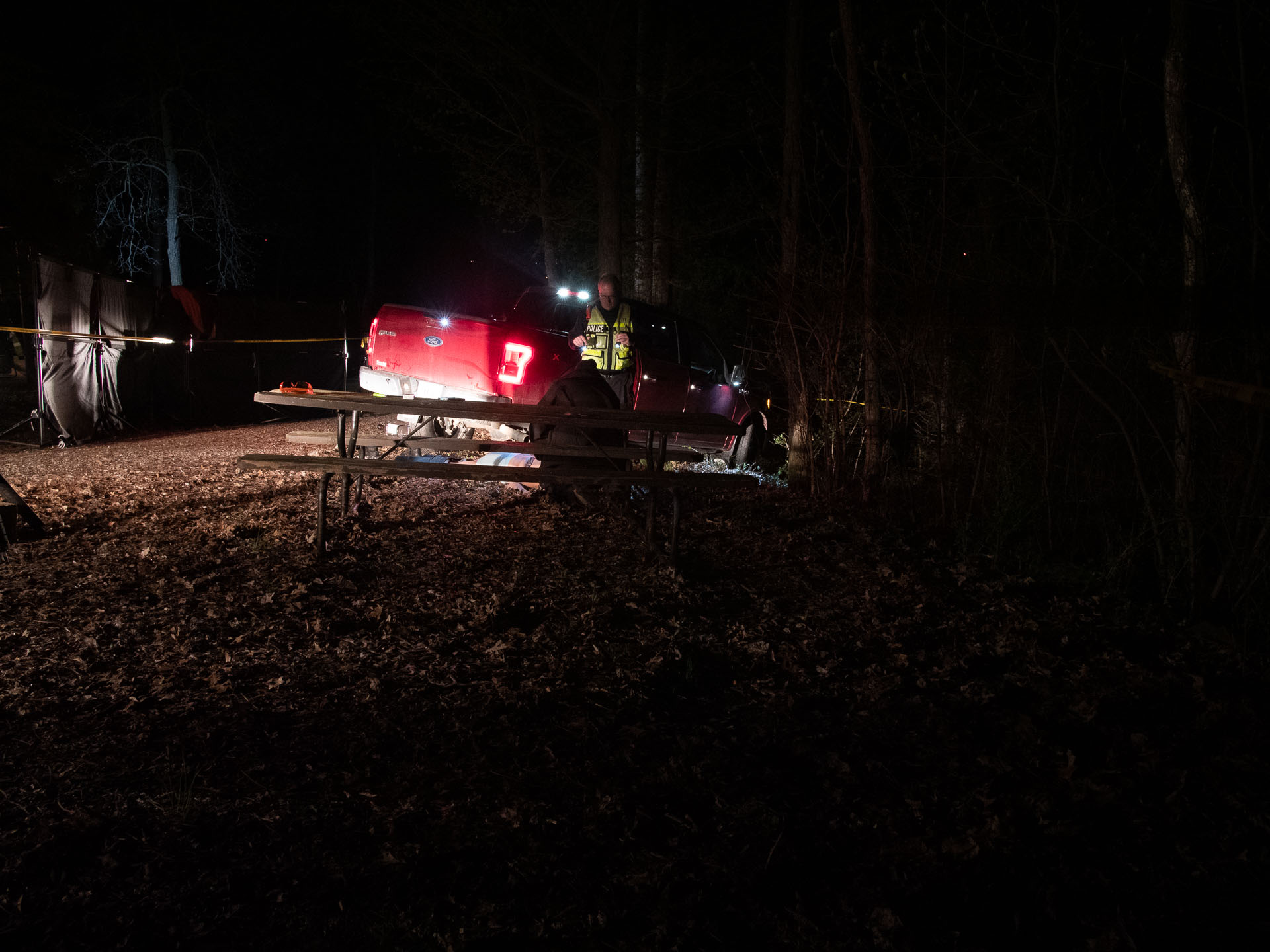
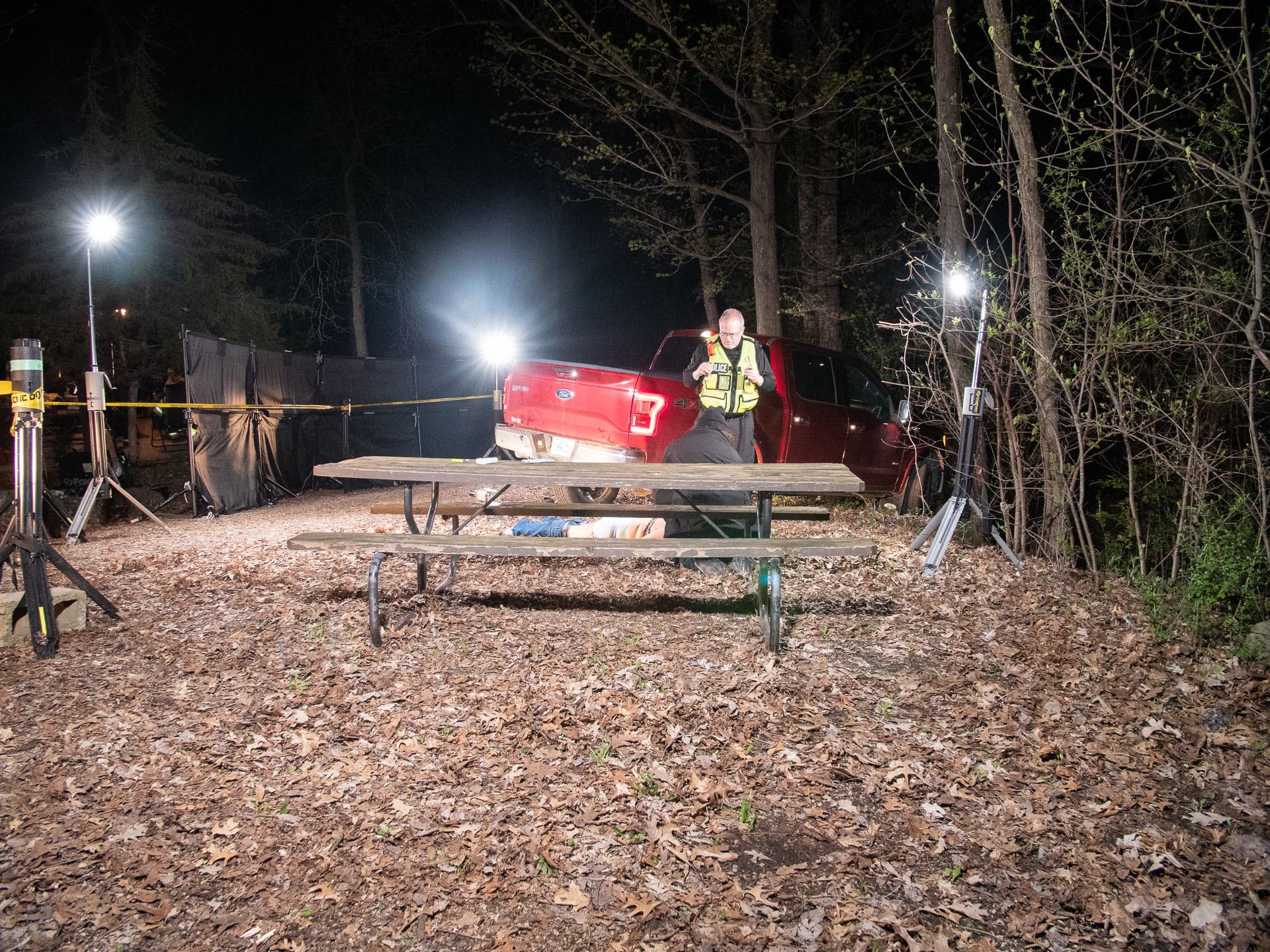
If photographing in bright daylight or in high contrast scenarios with shadowed areas, the camera sensor has a limited dynamic range to capture detail in both the bright highlights and dark shadows. It is often necessary to use a supplemental lighting to illuminate objects in the shadows and create a lower contrast scene that the camera’s dynamic range can capture.
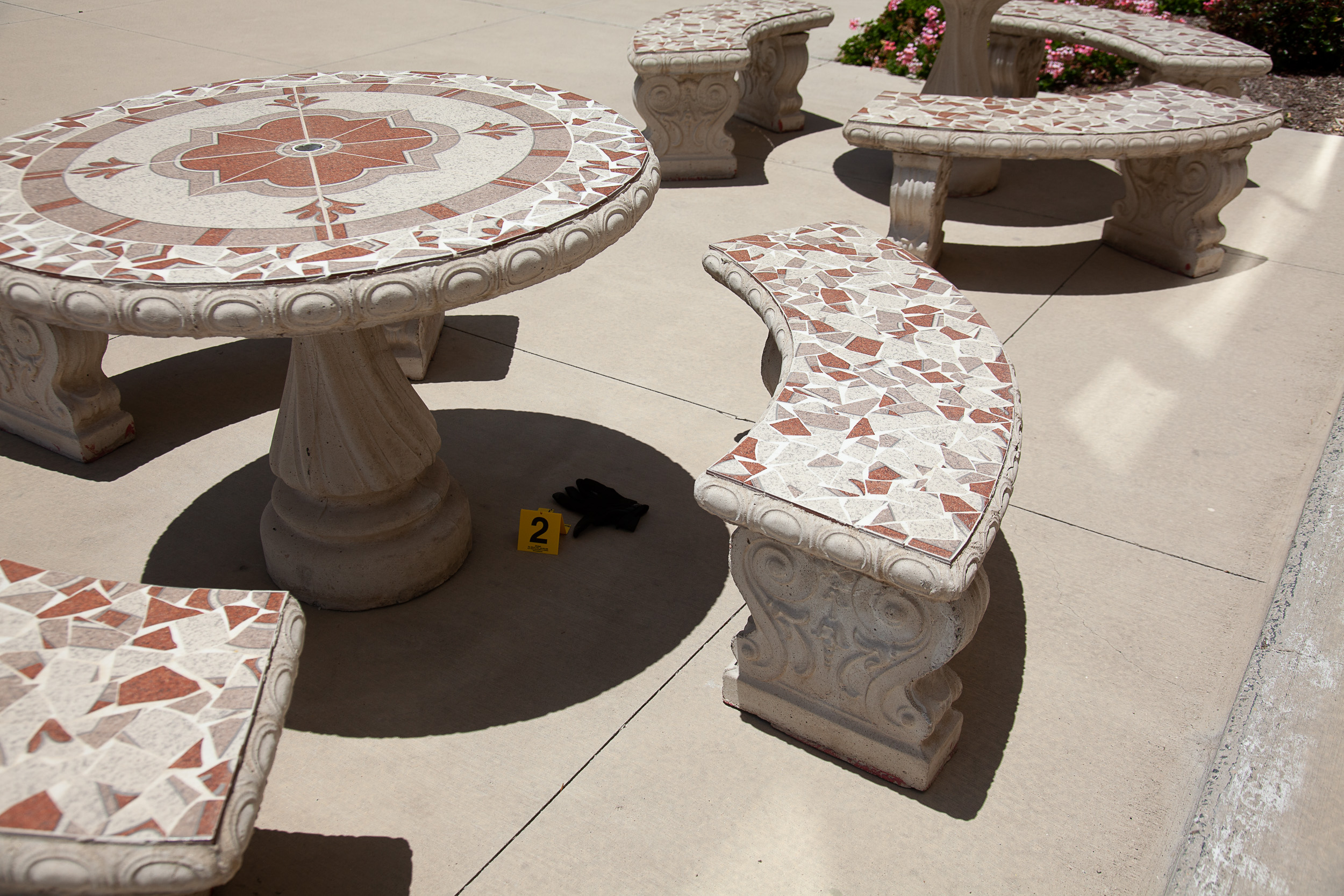
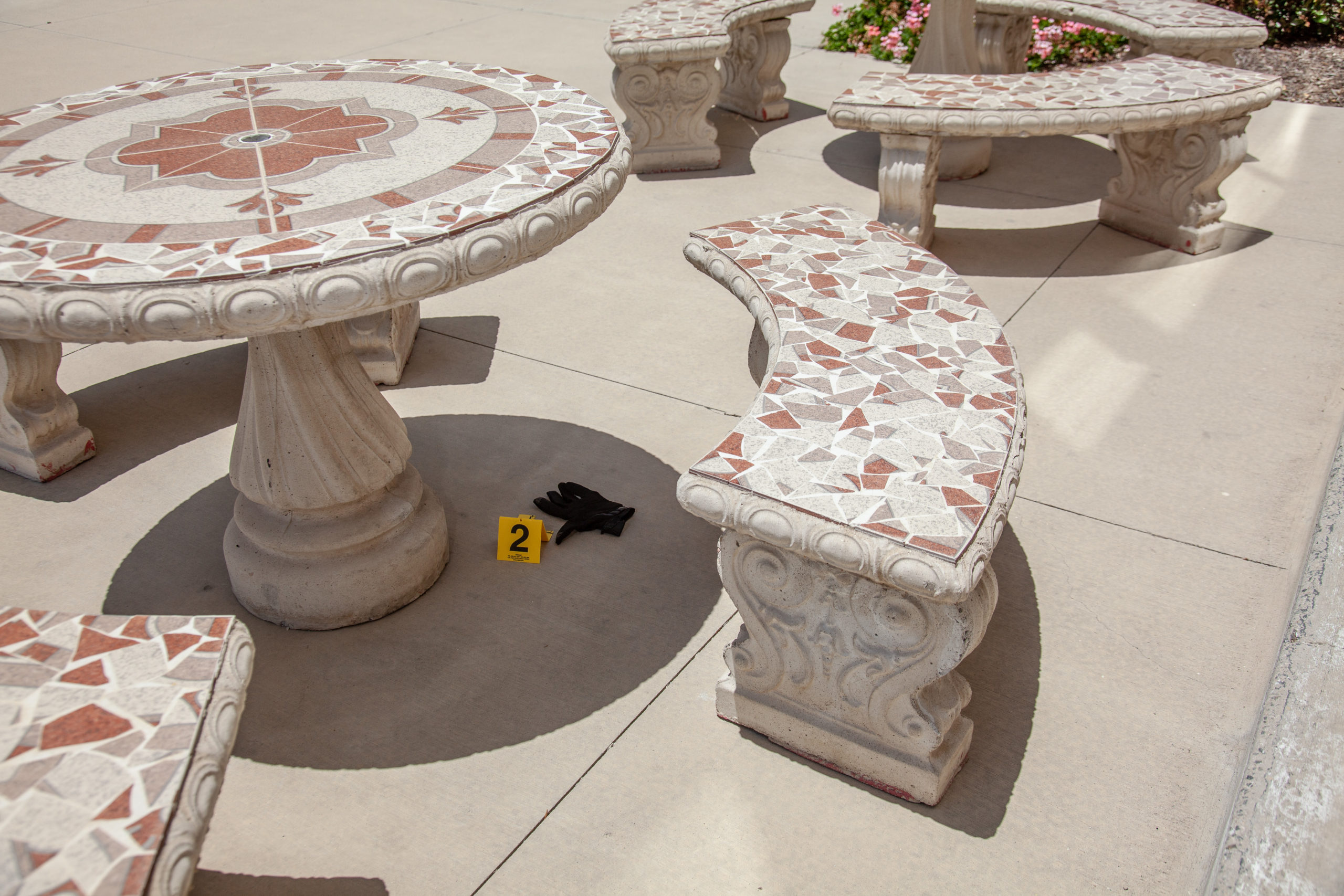
In a dark scene, if no lighting is used, the photographer must shoot at higher ISO or use longer shutter speed to achieve a proper exposure. If a higher ISO is used, signal noise will increase, resulting in an image that has less dynamic range, resolution and color detail.
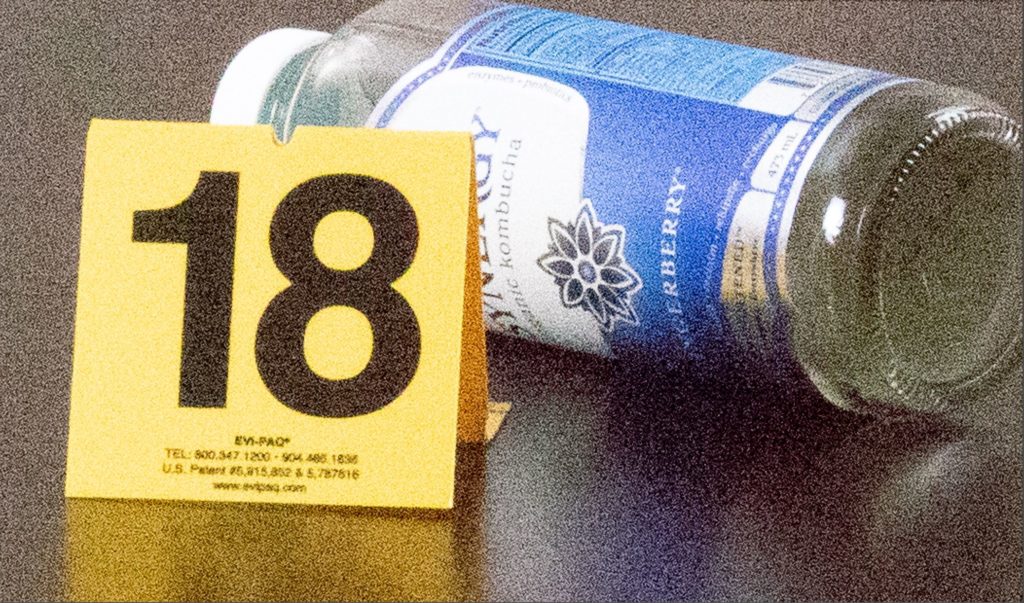
If the photographer chooses to use a low ISO and shoot with a longer shutter speed, each photograph will take longer and there is a greater chance of the camera getting moved or somebody disrupting the scene.
A large percentage of crime and accident scenes are at night or in dark areas. A dark crime or accident scene poses a greater possibility for accidents with trip hazards, low hanging objects, cables, etc. If an investigator gets injured during an investigation it can delay the investigation and require more resources to provide medical care. Scene lighting reduces the probability of accidents and injury while investigating a scene.
A crime scene needs to be investigated and processed in a timely, expeditious manner while still being thorough and comprehensive. External elements like weather, media, traffic and the public can create complications to the investigation. Quality lighting that fits the needs of the investigation allows investigators to process the scene faster and more efficiently while reducing the possibility for disruption or damage to the scene.
Long hours, stress and other factors can lead to fatigue for investigators. This, in turn, can result in mistakes, confusion, frustration and delays in the investigation. A dark scene strains the eyes of the investigators, creating even more fatigue. With proper lighting, investigators can work more efficiently and comfortably.
In a crime scene, it is very easy for an investigator to disturb evidence because it is dark, and they could not see what was there. Evidence could even be marked but hard to see in the darkness. Scene lighting illuminates the scene so costly mistakes can be avoided.
Generator scene lights have been widely used to provide illumination for a large crime or accident scenes.
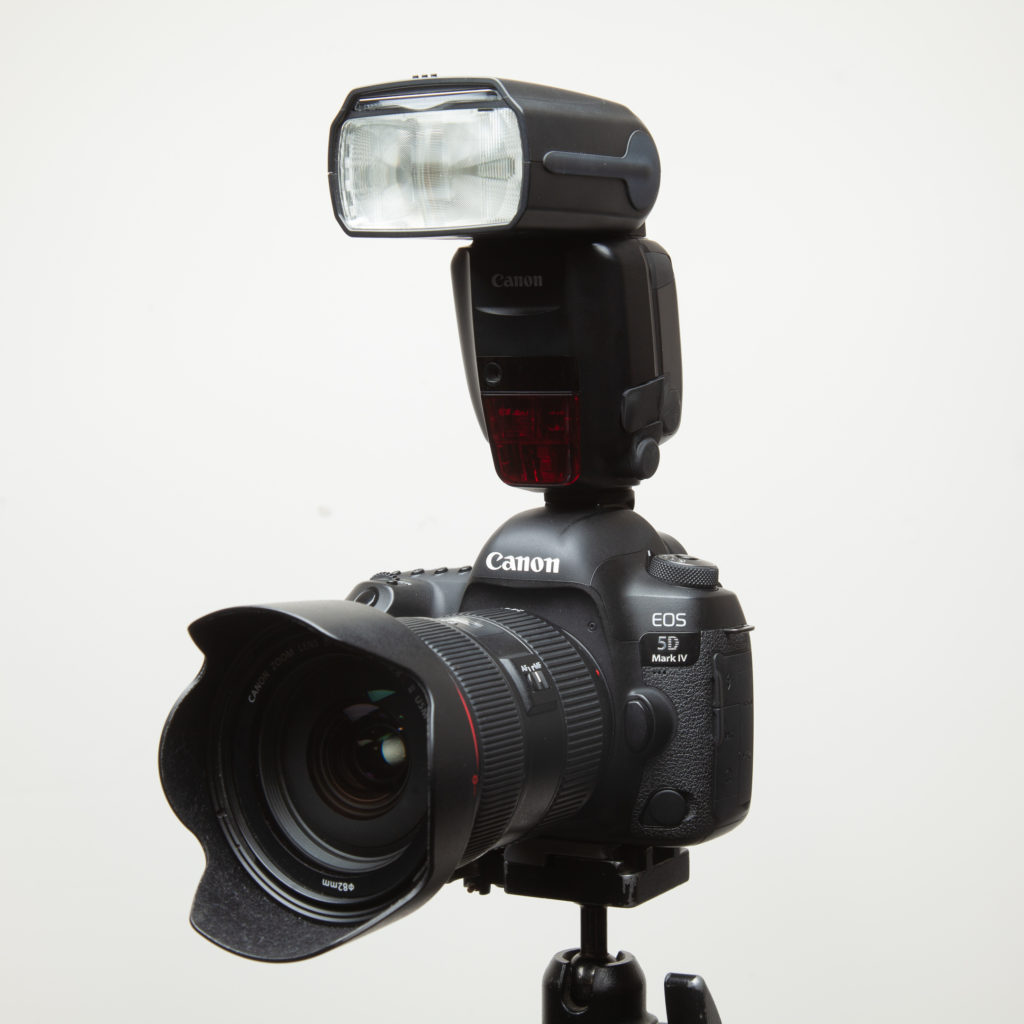
The camera flash has been a staple of the forensic photography kits for many years. It’s small, lightweight and provides a good amount of light for mid-range to closeup photography. It is only on during the exposure or when the photographer needs the light.
With a cable or a wireless transceiver, the flash can be triggered off the camera in order to achieve off axis lighting.
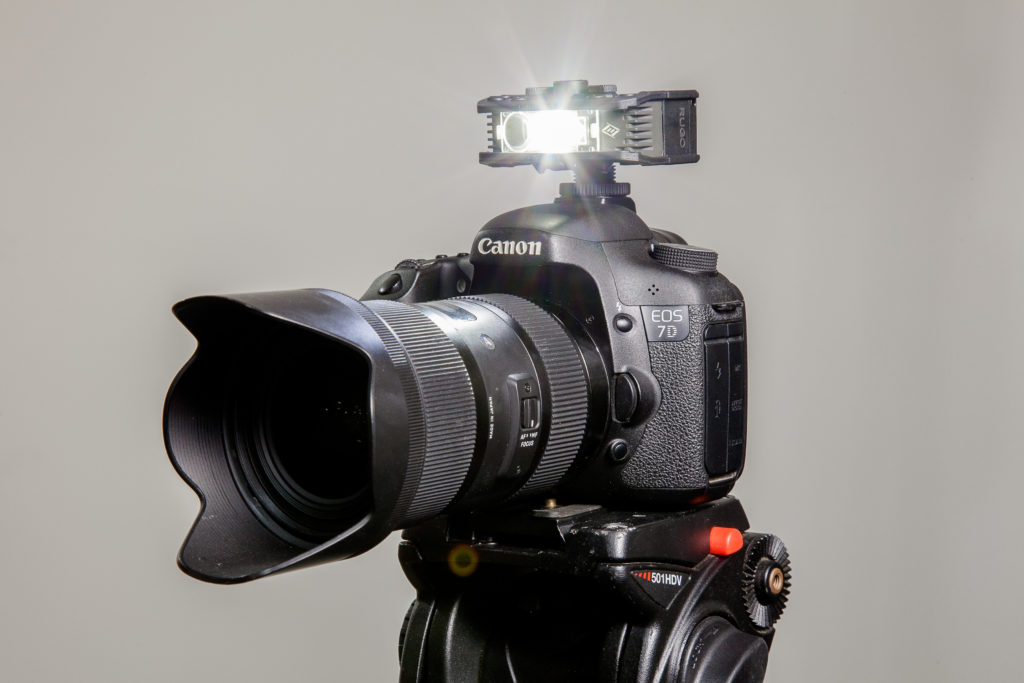
Small LED lights can be mounted to the cold shoe of the camera to serve as a direct, compact light source for the camera like a flash. As a continuous light, it serves as a visual aid to the photographer and camera to see the subject or evidence more easily in a dark environment. Continuous lights can be used on or off the camera and don’t need to be synced to the camera like a flash does.
Both flash and continuous light have their place in forensic photography. Different situations, styles and demands dictate which is needed for a situation. Sometimes both will be used together at the same time.
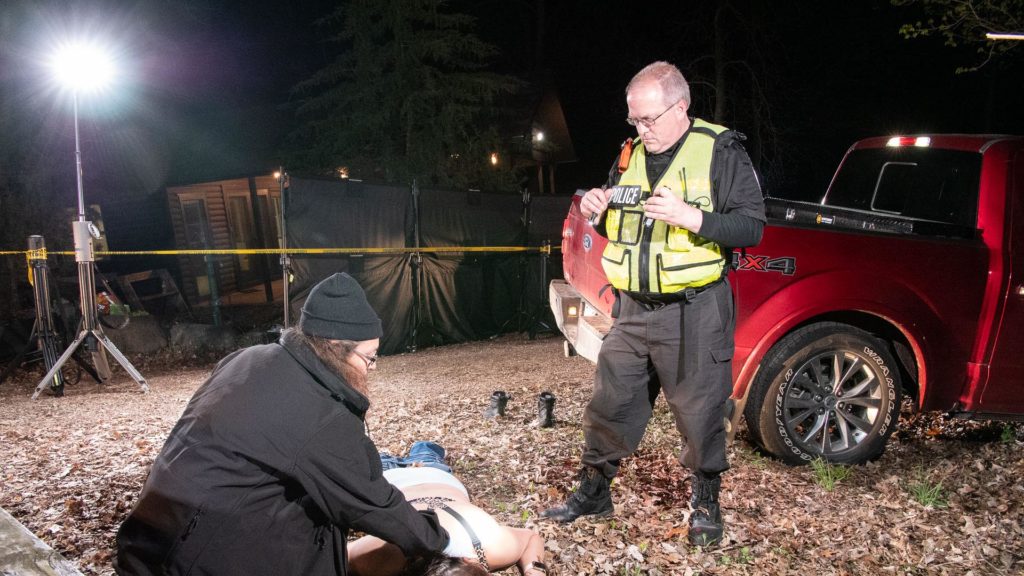
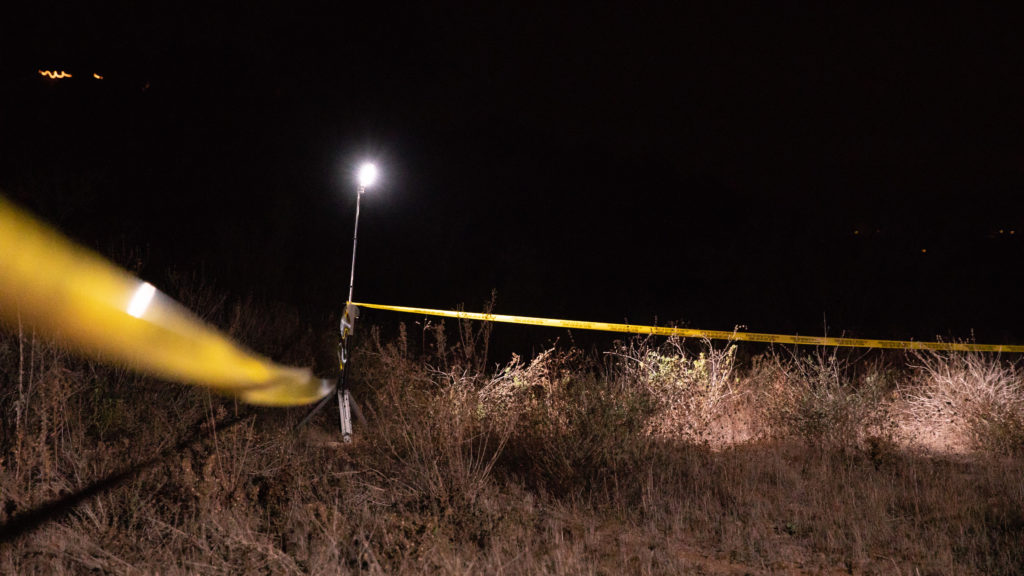
Scene lighting is any type of lighting that illuminates a larger area. It allows multiple people to work in an illuminated area under the same light or lights. Scene lights are ideal for placing around the perimeter of the crime scene to provide overall illumination. Scene lights are also effective in mobile command centers, walkways, areas of rough terrain, roads, etc.
A color rendering index (CRI) is a quantitative measure of the ability of a light source to reveal the colors of various objects faithfully in comparison with an ideal or natural light source.
Camera sensors are more sensitive to color and luminance than the human eye. The camera sensor will show inadequacies in light CRI that our eyes don’t see.
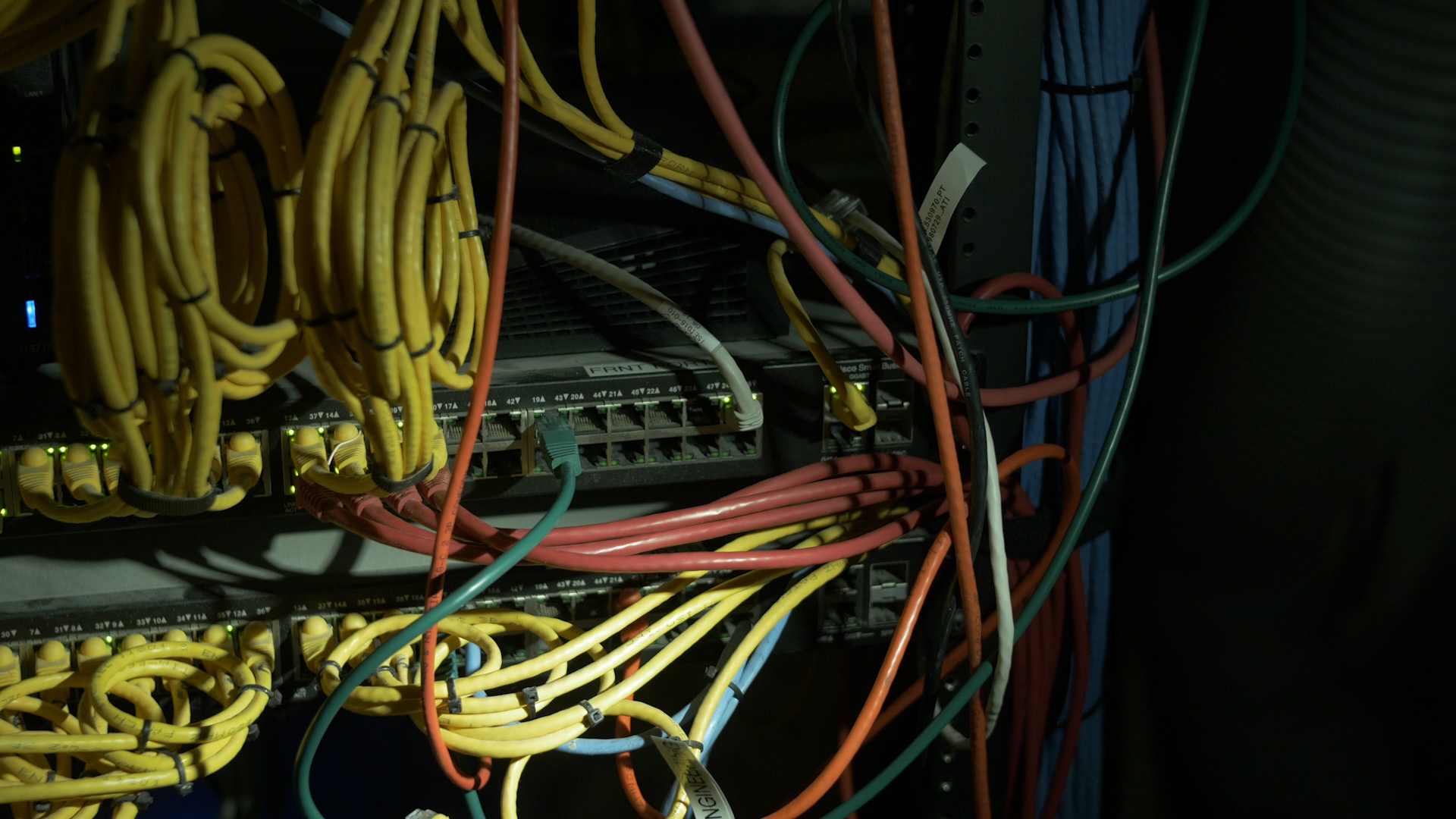
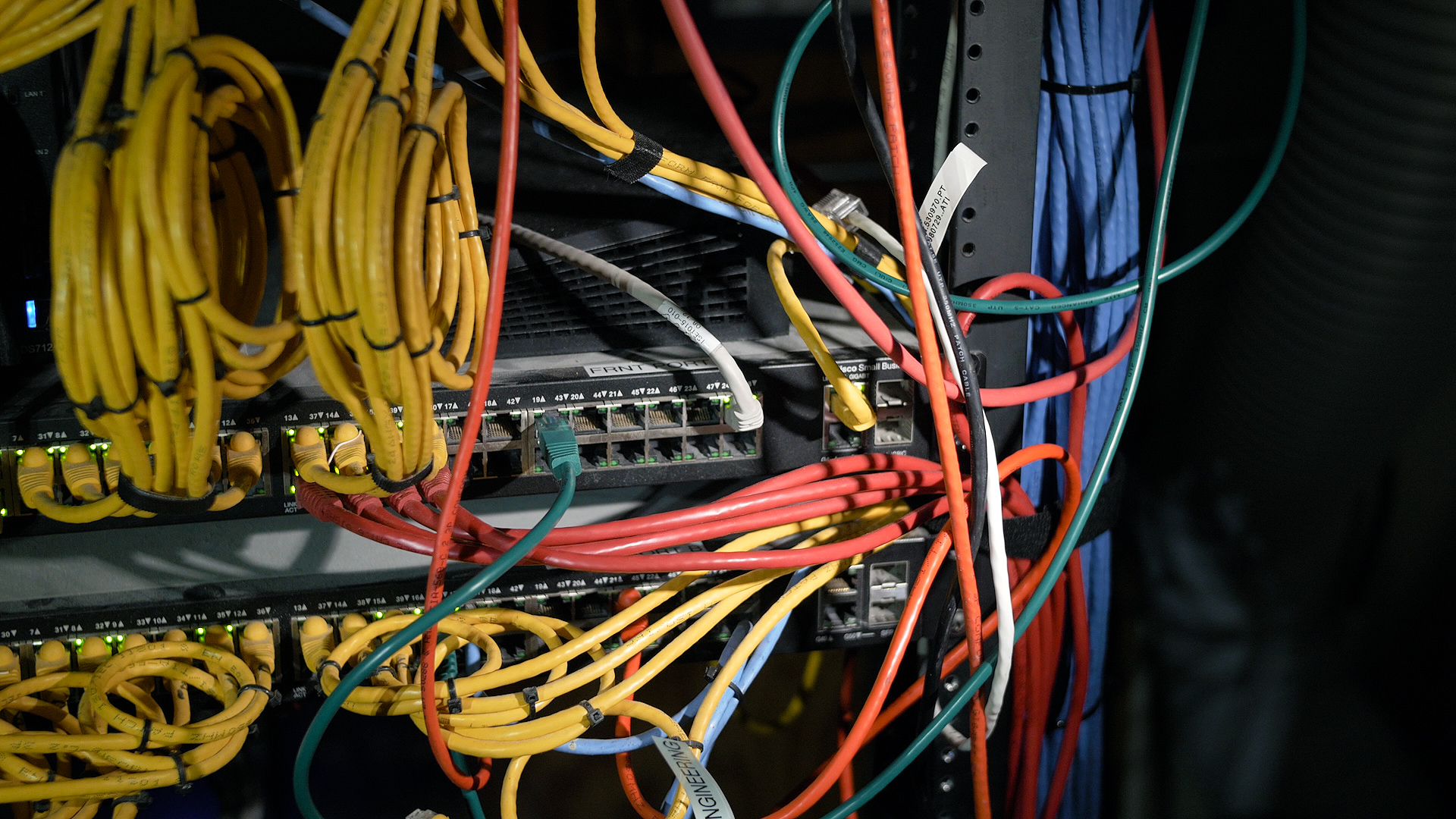
Task lights are any small, compact, personal light that is handheld or attached to the body. They are ideal for investigation, searching the crime scene or searching through bags or cases.
Headlamps are a type of task lighting that is worn on the head or helmet and provides hands-free lighting.
Alternate Light Sources (ALS) or Forensic Light Sources (FLS) emit a specific wavelength of light, typically between 200 and 700 nm. These wavelengths, used in conjunction with barrier filters, allow substances to be seen that cannot be seen by the naked eye. The ALS emits an excitation wavelength. The molecules in a substance absorb the energy of the wavelength, get excited and reflect a slightly longer emission wavelength. This is fluorescence.
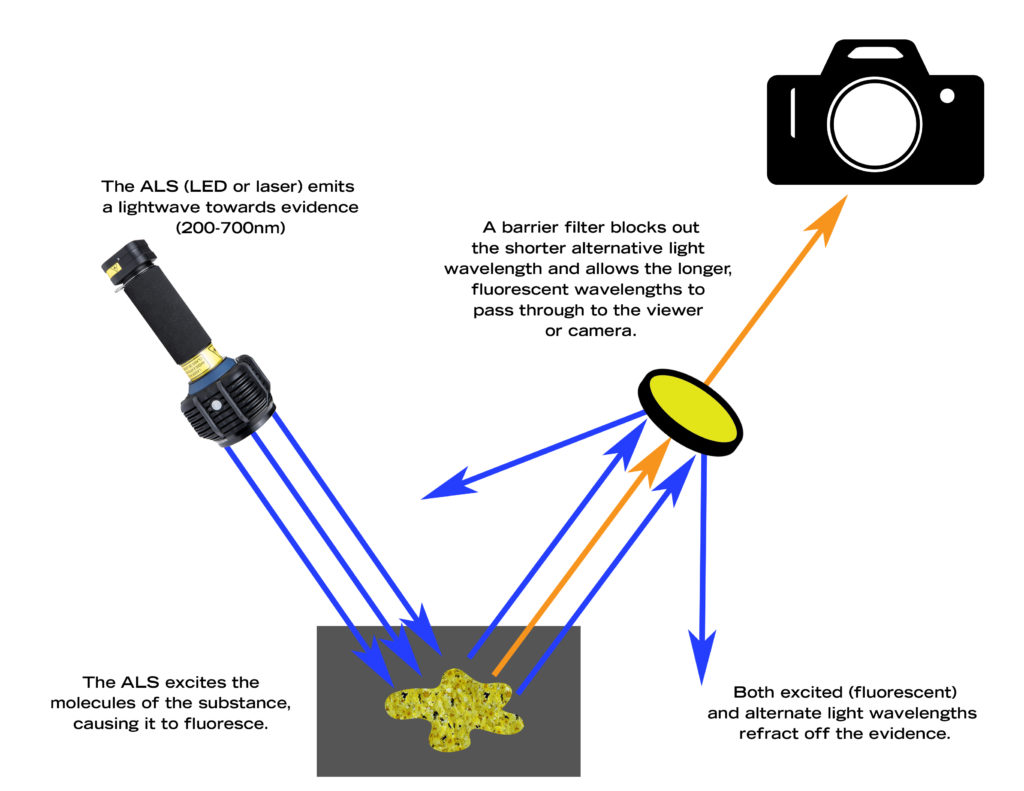
A barrier filter blocks transmission of light below a certain wavelength. When the reflected fluorescence of light hits the barrier filter, only the longer wavelength is transmitted through to the eye or camera. The proper combination of ALS wavelength and barrier filter can result in a strong contrast between a given substance and the surrounding substrate.
Most ALS used today are LEDs or lasers.
Certain types of evidence like biological fluids and different substances are invisible to the naked light under normal white light. Using ALS with different barrier filters can cause the evidence to fluoresce and become visible. Different combinations of ALS and filtration allow different types of evidence to be more easily seen.
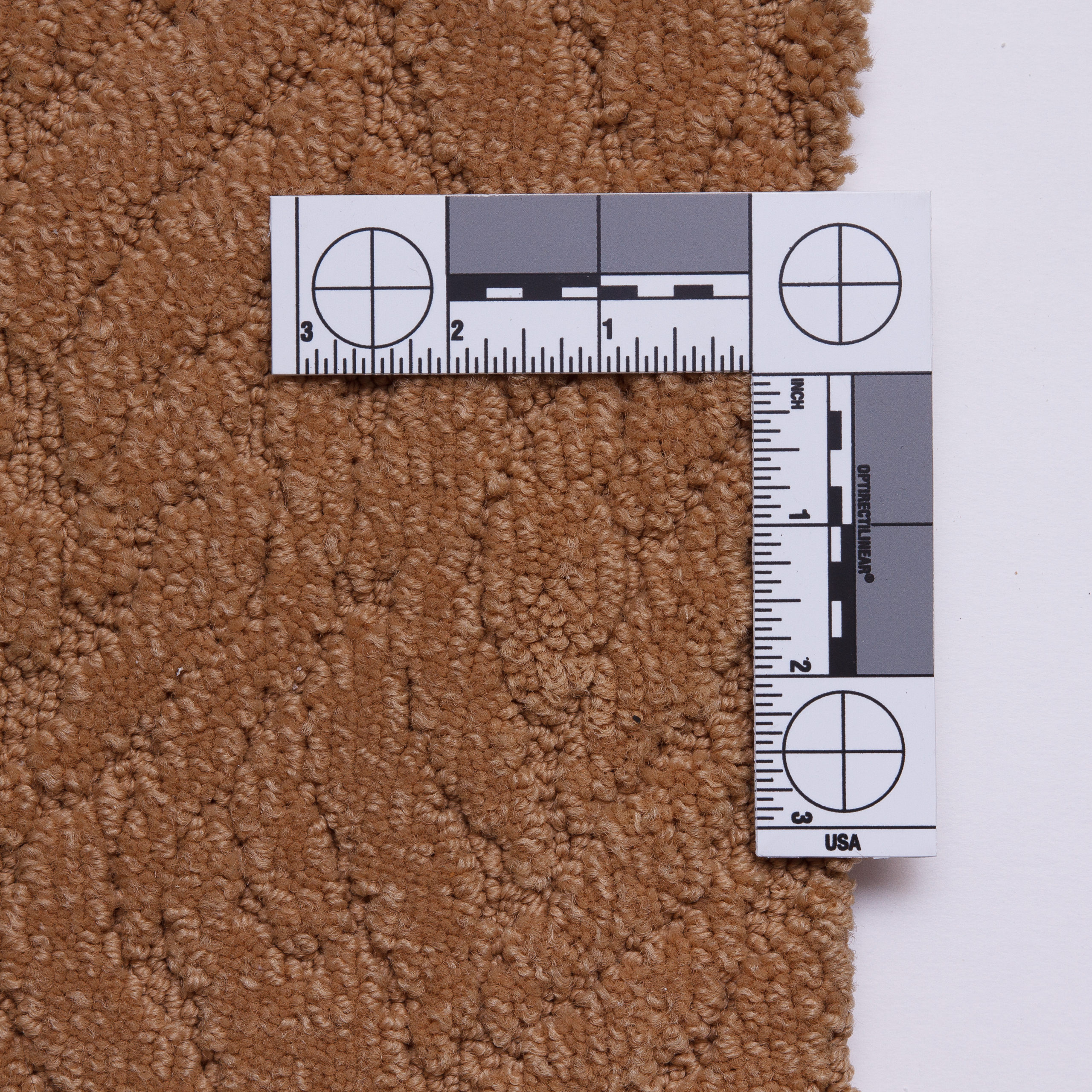
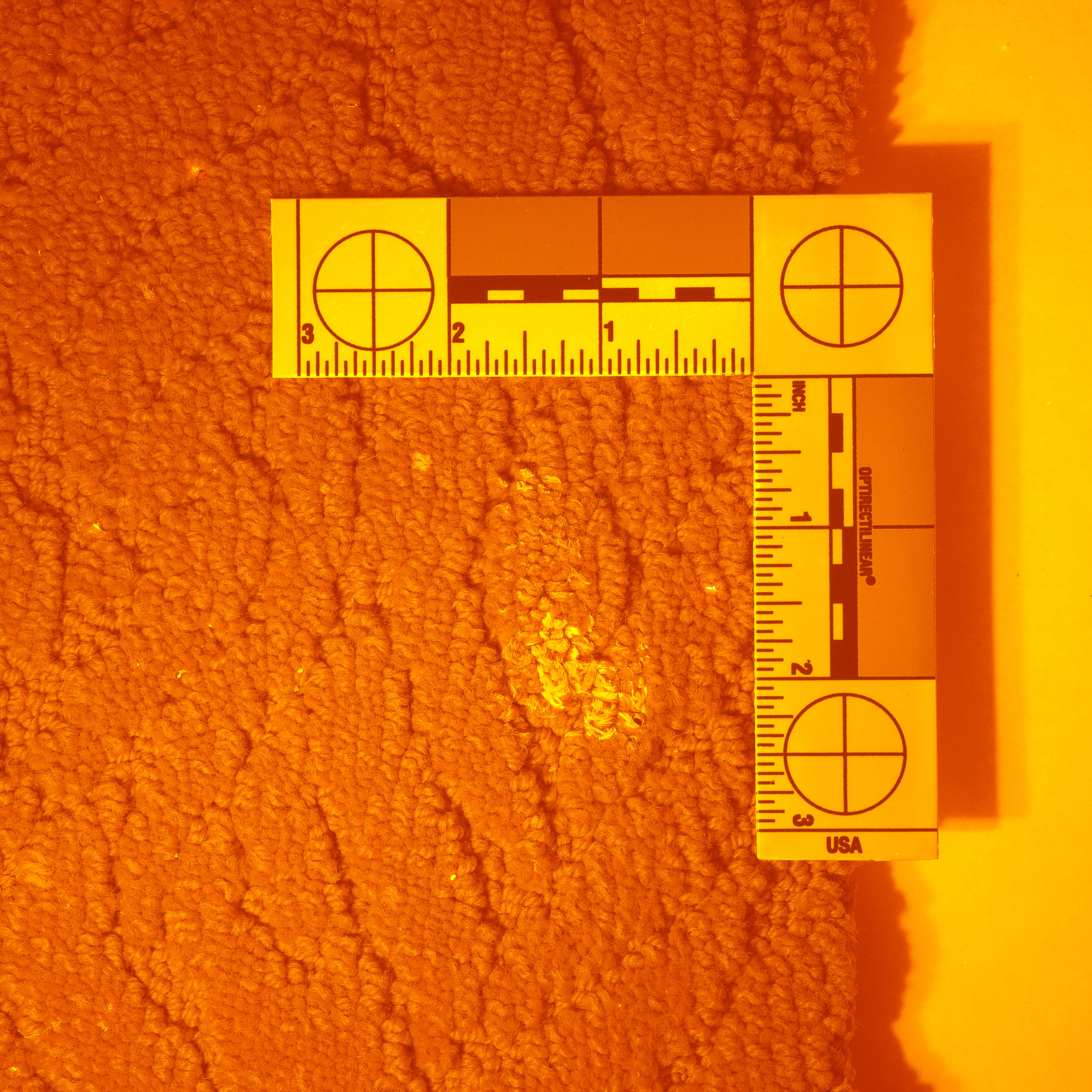
UV and IR are narrow wavelength light sources above and below the visible light range. UV and IR can be used to identify bruising and biting on or under the skin.
A victim may have been subjected to physical abuse such as beating, biting or sexual abuse. Often evidence of this abuse is not visible to the naked eye after a period of time or the victim may not want to admit to being abused. The use of UV and IR lights can highlight bruising and bitemarks In the skin even long after the initial visible bruises have disappeared from healing.
UV and IR lights are also beneficial for viewing counterfeit documents and currency as well as forged documents using different pens and inks.
Two of the more common light sources used in forensic investigation are LED and lasers. Technological advances have brought down the cost of these ALS light sources and made them more readily available to departments.
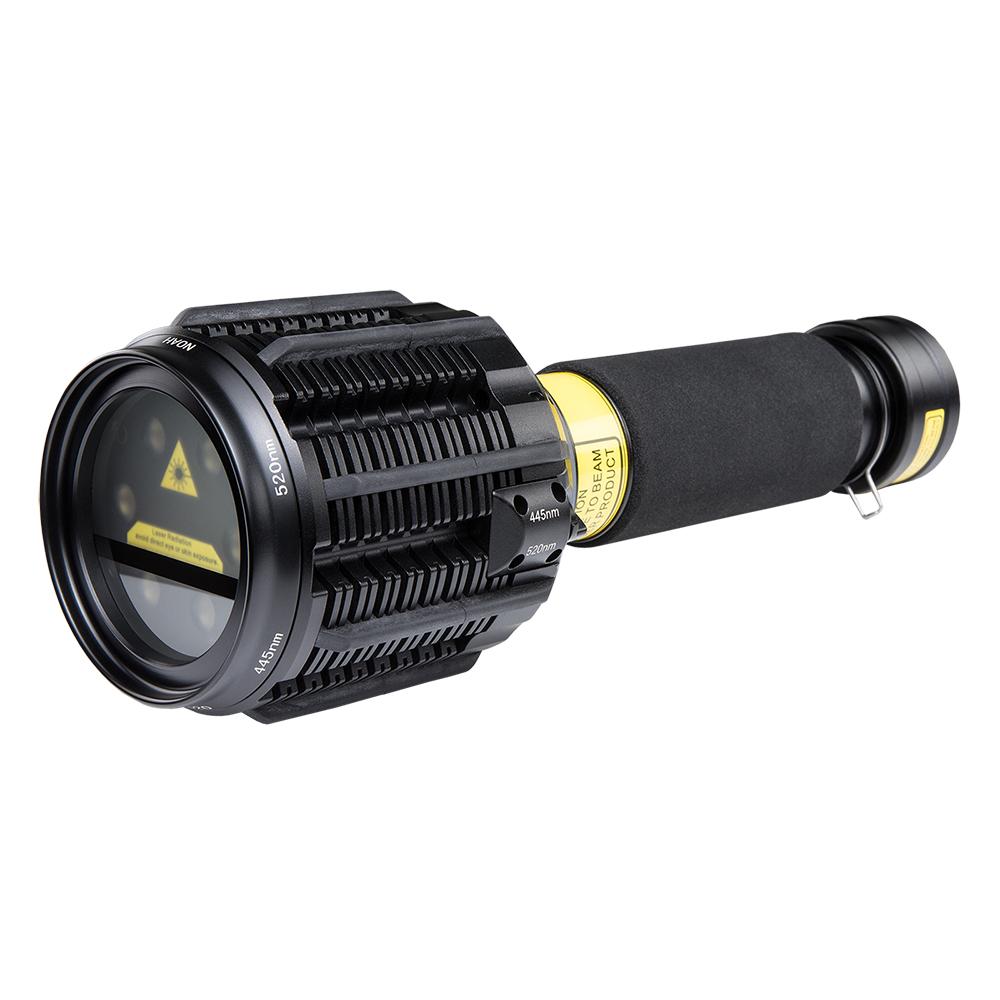
Notice how in both photos, the floor and clothing are similar brightness. The LED image has good fluorescence, showing adequate contrast of the semen on cotton. The laser image shows a much more intense fluorescence with greater contrast of the semen.
This example shows the difference of contrast on a bright sunny day and an overcast day. On the sunny, high contrast photo, the evidence under the table is in the shadows. Detail of the evidence can’t be seen. The overcast, low contrast photo has more detail in both the highlight areas as well as the shadow areas.


Even in a high contrast scenario, the photographer can reduce the amount of shadow by introducing fill light to the shadow areas. This allows the camera to capture detail in both the highlights and shadows.
Light is in line with the camera or is pointing straight down on the subject. This method provides a very even, shadowless illumination on the subject. This is less effective when trying to see texture on a surface such as fingerprints. On axis lighting increases the possibility of glare reflecting into the camera.
Light is positioned to the side, above or below the axis of the lens. Off-axis lighting creates shading and directionality of the light depending on which direction the light is coming from. Since the light source is not in line with the lens, it will reduce the amount of glare that reflects back into the lens, thus reducing hotspots.
Footprints, fingerprints, trace evidence and other micro evidence are often nearly invisible on textured or patterned surfaces. Oblique lighting is positioning a light source very near the surface where the evidence is located and skimming light across the surface. Like how the sun makes long shadows late in the afternoon towards sunset, oblique lighting enhances the texture of evidence by creating shadows and making the evidence more visible
Light painting is the act of illuminating a large area or multiple areas within a photograph. With a long exposure, the light source can be moved and repositioned around an area providing a larger area of illumination providing greater detail and contrast.
Another benefit of light painting is that it illuminates the subject from different angles which can bring out florescence that may have missed from a single angle.
Continuous lights provide some benefits over flash.
The closer a light source is positioned towards a subject, the more intense the light will be on the subject. This can make it easier to see evidence but can also create a tightly concentrated hotspot of light. A hotspot is defined as a very bright inner diameter of light with a severe falloff of light immediately outward.
This introduces two problems,
Sometimes, it’s useful to pull the light source back away from the area or evidence to illuminate a larger area with a more even spread of light. This allows the eyes to relax and see more subtle elements that may have not been visible by blasting an area with a lot of light up close.
With many scenes occurring at night or in dark areas, correct lighting is essential to a safe, comprehensive and expeditious investigation. The lab, as sophisticated as it may be, can only process what is brought to them. If investigators don’t find the evidence in the field, they can’t get it to the lab. New technologies are providing better tools for the field investigator to process a crime or accident scene more thoroughly and bring back key evidence to the lab for further processing.
Even with advances in technologies, the investigator’s strongest tool is understanding what tools are best for each job and how to correctly use those lighting tools to achieve the best results.


Enter your details below to save your shopping cart for later.